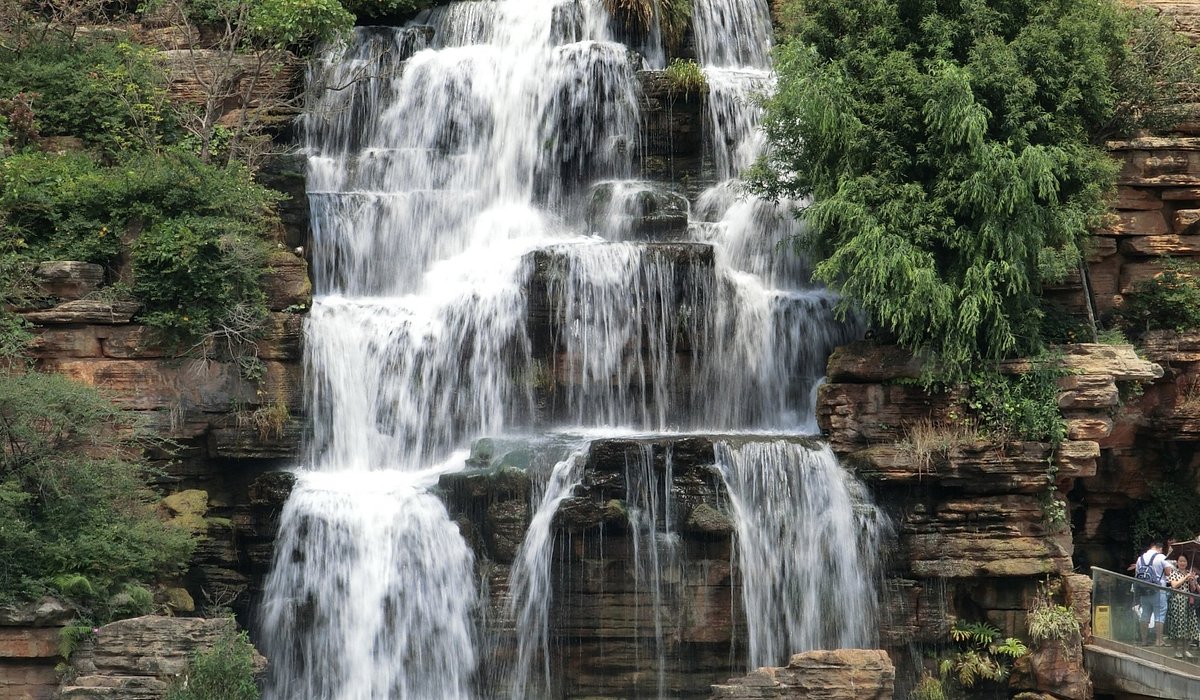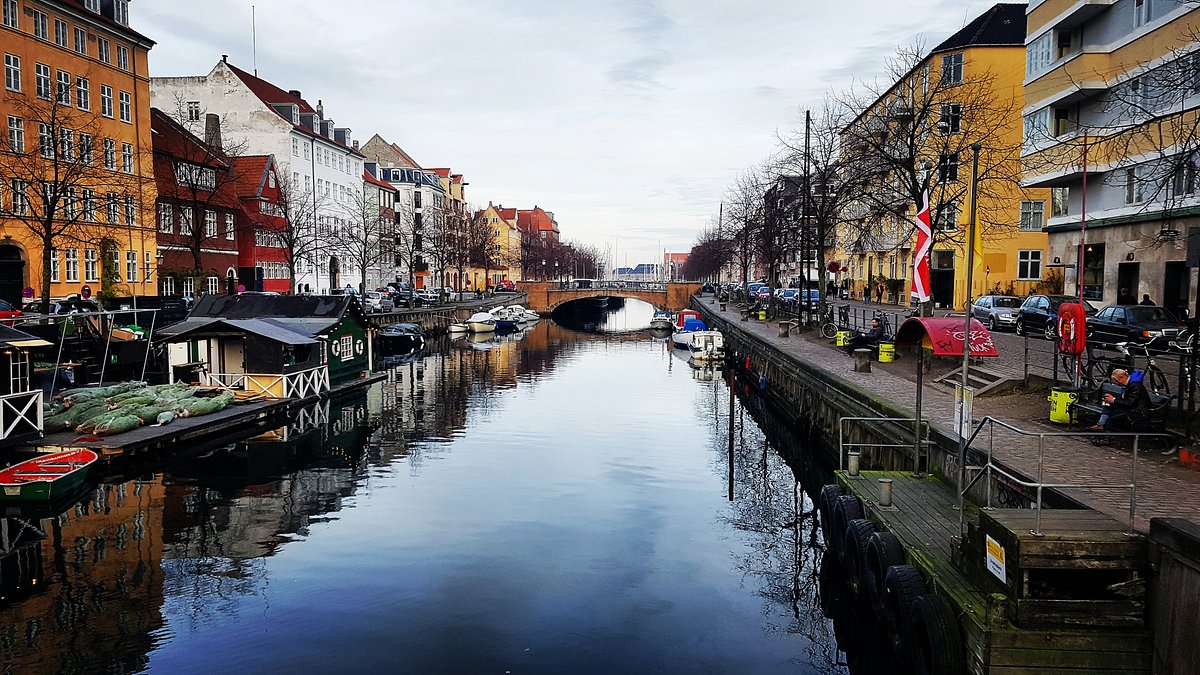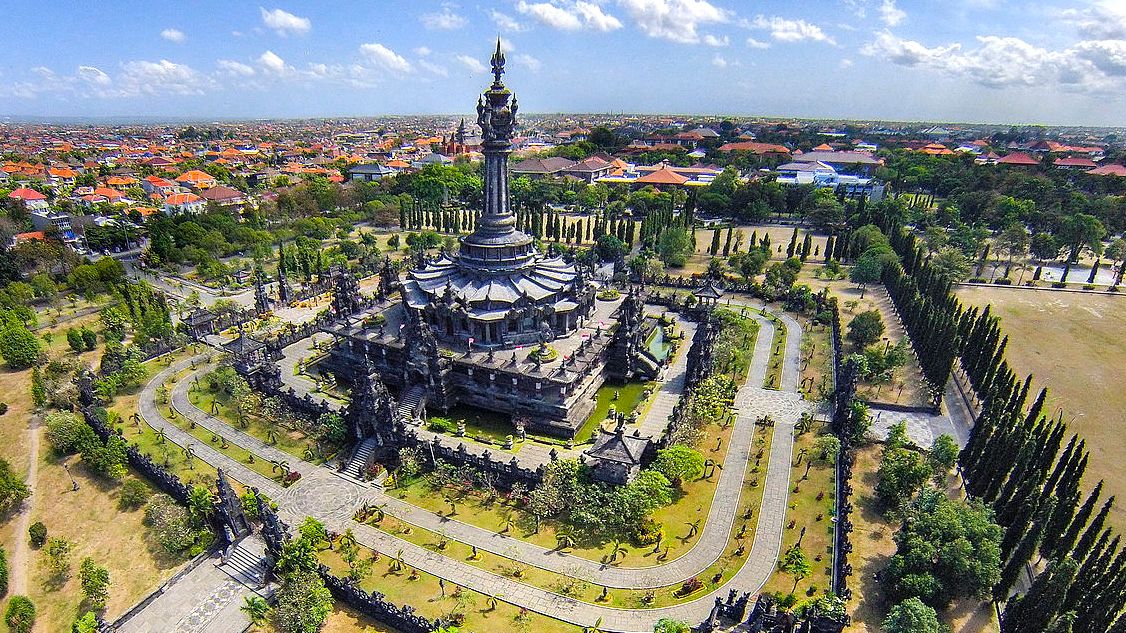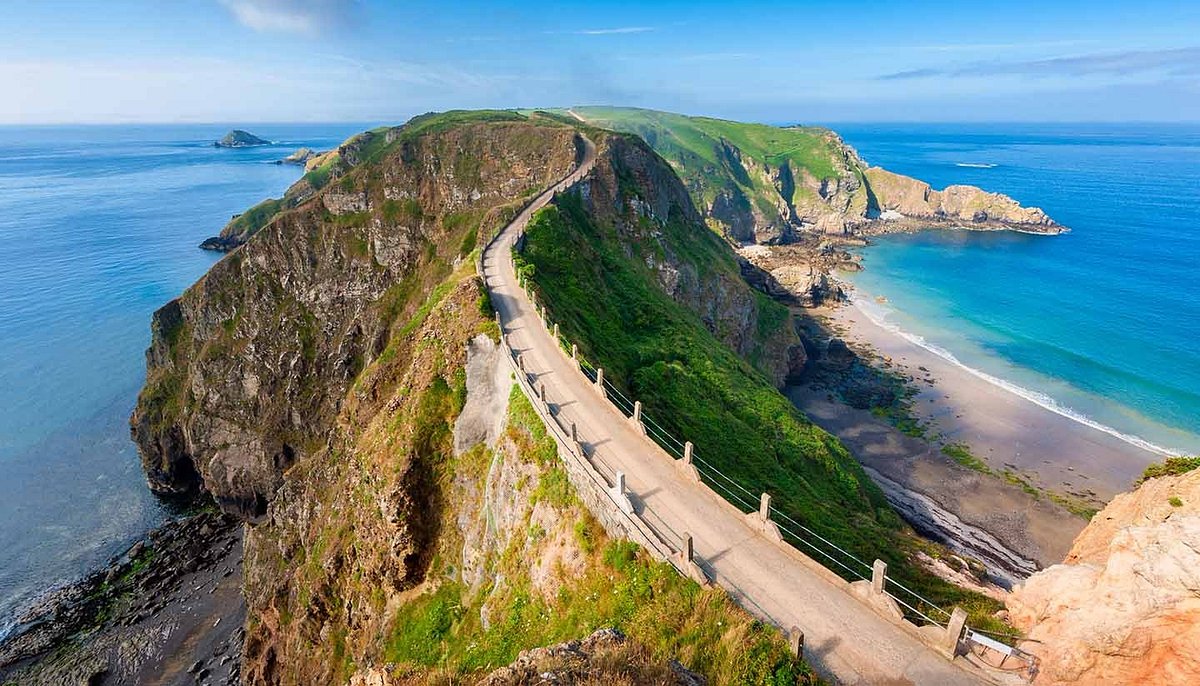Most people have heard of the Camino de Santiago. It’s one of the most famous pilgrimages in the world. But it’s not the only one. In fact, the world is full of ancient paths where people have walked for centuries in search of peace, healing, and answers. Some are lesser known but equally powerful.
If you’re someone who enjoys walking, reflecting, or just discovering meaningful places, these pilgrimages might speak to you. Let’s take a journey through seven unique pilgrimages around the world that go beyond the Camino.
Shikoku Pilgrimage, Japan
This is one of the oldest pilgrimages in Japan. It’s not just one route but a full circle that stretches for about 1,200 kilometers. The trail goes around the island of Shikoku and connects 88 temples. It honors a Buddhist monk named Kūkai, also known as Kōbō Daishi.
People walk this path for different reasons. Some seek spiritual growth. Others want to honor their ancestors or just find peace in nature. Along the way, you’ll see lush mountains, calm rivers, small towns, and peaceful forests. It’s traditional to wear white clothing and carry a walking stick called a “kongō-zue,” which is treated with deep respect.
While you can walk the whole path, many choose to do it in parts. It can take anywhere from 30 to 60 days. Some people even do it by bike or car, but walking gives the most meaningful experience.
Kumano Kodo, Japan
This is another beautiful trail in Japan. It’s older than the Camino and has been walked for over 1,000 years. It winds through the Kii Mountains, linking three sacred shrines: Hongu Taisha, Nachi Taisha, and Hayatama Taisha.
The Kumano Kodo is known for its mossy stone paths, ancient cedar trees, and misty mountain views. People say the forest here feels alive. It’s quiet and full of energy. The air smells clean, and the sound of birds and water follows you.
This pilgrimage is often about healing. Many Japanese emperors and nobles walked this path to cleanse their spirits. Today, travelers from around the world come for the same reason. If you’ve already done the Camino de Santiago, completing both trails gives you a special certificate called “Dual Pilgrim.” It’s a lovely way to connect two different parts of the world.
Croagh Patrick, Ireland
This one is a bit different. It’s a single mountain in western Ireland. Every year, on the last Sunday of July, thousands of people climb it. Some do it barefoot. Others do it in silence. The tradition is very old and honors Saint Patrick, the patron saint of Ireland.
Croagh Patrick is not a long walk, but it’s tough. The climb is steep and rocky. The views from the top are breathtaking though. You can see the Atlantic Ocean and the beautiful Irish countryside. At the top, there’s a small chapel where many stop to pray.
The pilgrimage is deeply tied to Irish identity. It mixes Christian faith with older Celtic traditions. Even if you’re not religious, climbing Croagh Patrick is a powerful experience. The silence, the wind, and the struggle up the hill create a moment of reflection.
Mount Kailash, Tibet
This is one of the most sacred mountains in the world. But what makes it special is that it’s holy in four religions: Hinduism, Buddhism, Jainism, and Bon. People from all over Asia dream of making this journey once in their lives.
Mount Kailash is not climbed. Instead, people walk around it. This walk is called the “kora.” It’s about 52 kilometers long and goes over high passes with freezing winds. The highest point, Drolma La Pass, sits over 5,600 meters.
The air is thin and the walk is hard. But many believe that walking one full circle around Kailash erases the sins of a lifetime. Doing it 108 times is said to bring enlightenment.
The journey is remote. Getting there is not easy. You need to prepare for altitude and tough weather. But those who’ve done it say it changes them deeply.
Sri Pada (Adam’s Peak), Sri Lanka
Sri Pada means “Sacred Footprint.” At the top of this peak, there’s a rock with a footprint. Buddhists believe it’s from Buddha. Hindus think it’s Lord Shiva’s. Muslims and Christians believe it belongs to Adam, from the Garden of Eden.
Climbing the mountain is like joining a festival. Most pilgrims go at night. The goal is to reach the top before sunrise. On the way up, there are lights, tea stalls, and the sound of chants and songs. It feels like a celebration of faith.
At the summit, the view is magical. If the sky is clear, you’ll see a perfect triangular shadow of the peak fall across the valley below as the sun rises. It’s unforgettable.
The path has about 5,000 steps. Some sections are steep. But people of all ages climb it, from young kids to old grandparents. Everyone helps each other on the way up. It’s not just a hike—it’s a shared moment of belief and joy.
Lough Derg, Ireland
This is one of the more intense pilgrimages on this list. It’s done on an island in a lake in County Donegal. Known as “St. Patrick’s Purgatory,” this pilgrimage is all about fasting, prayer, and penance.
Pilgrims stay on the island for three days. They walk barefoot. They eat only one simple meal a day. There are long hours of prayer, both day and night. It’s meant to test your spirit and bring you closer to God.
Even though it’s tough, thousands of people go every summer. Some have been doing it for decades. They say it gives them strength and clarity. It’s not for everyone. But if you’re looking for a deep spiritual challenge, Lough Derg offers something rare.
Via Francigena, Europe
This one stretches all the way from Canterbury in England to Rome in Italy. That’s more than 2,000 kilometers. It crosses through France and Switzerland before reaching the heart of Italy.
In the past, it was the road that pilgrims took to reach the tombs of Saints Peter and Paul in Rome. Today, more and more people are rediscovering it. You don’t have to walk the whole thing. Many choose parts of it, especially the final stretch through Tuscany and Lazio.
The beauty of the Via Francigena is the variety. You walk through vineyards, olive groves, medieval towns, and mountain passes. You eat fresh bread, local cheese, and drink wine along the way. Each day feels like a mix of nature, history, and faith.
While the Camino is better known, the Via Francigena is quieter. There are fewer crowds and more chances to reflect. It’s also still growing. Every year, more signs, hostels, and services pop up. If you like the idea of a long journey across Europe, this one has everything.
Final thoughts
Pilgrimage is not just about religion. It’s about pausing life for a moment. It’s about listening to your thoughts while your feet carry you forward. It’s about finding meaning in silence, in sweat, and in shared paths walked by many before you.
The Camino de Santiago is beautiful, no doubt. But if you’re curious to explore more, these seven trails can open your heart in new ways. Each one has a different flavor, a different rhythm. Whether it’s in Ireland, Japan, or Tibet, every step takes you deeper into yourself.
And that’s really what a pilgrimage is all about.








